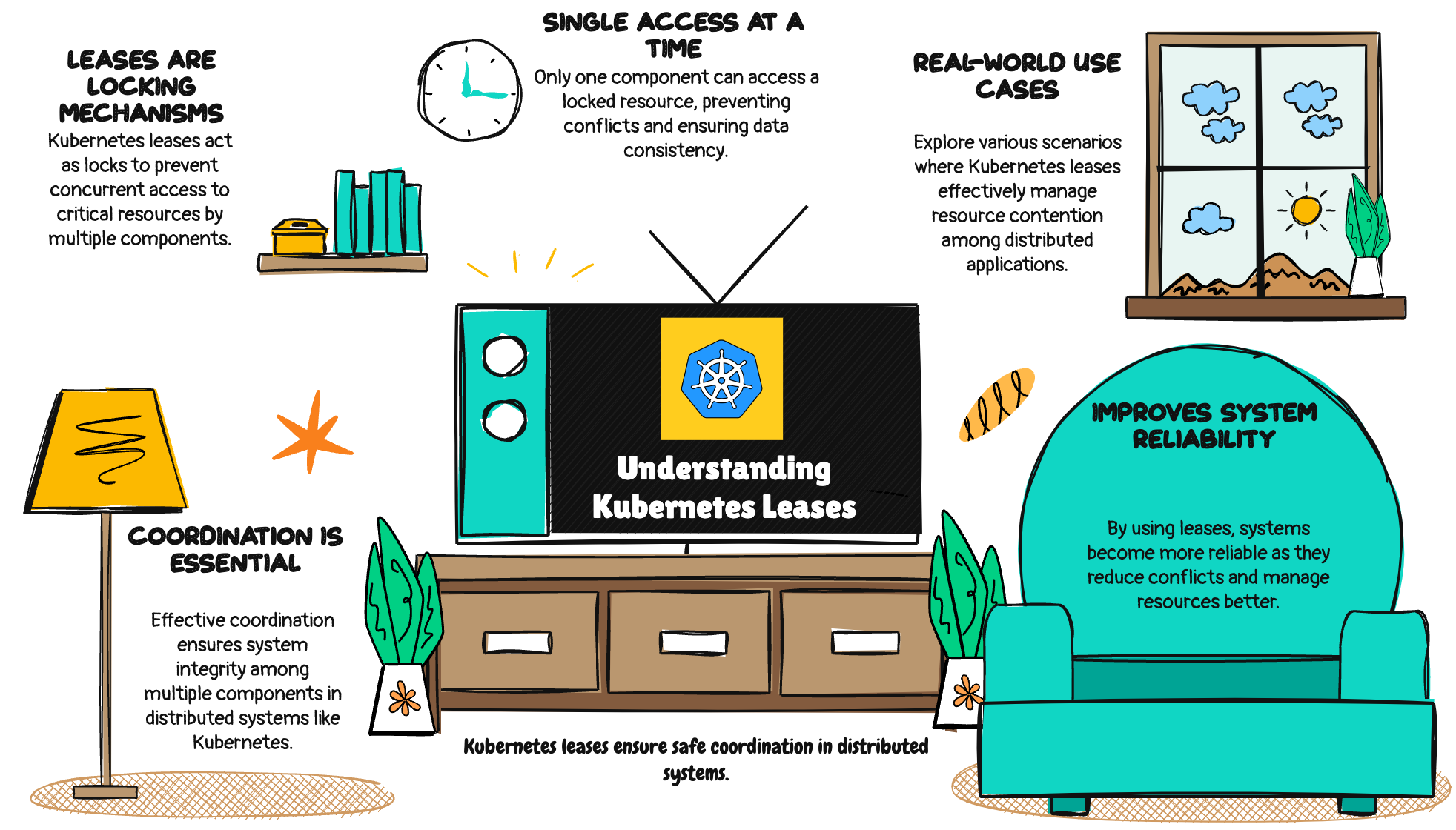Member-only story
Understanding Kubernetes Leases: From Concept to Implementation
Building High-Availability Applications with Kubernetes Leader Election!

In distributed systems like Kubernetes, coordinating activities between multiple components is essential for maintaining system integrity.
Kubernetes leases provide a powerful mechanism for locking shared resources & ensuring only one component can access critical resources at a time.
This blog post explores the concept of Kubernetes leases, demonstrates how they work in practice, & highlights real-world use cases.
The complete codebase for the demonstration presented in this blog is available for public access on my GitHub repository — https://github.com/sanjimoh/k8s-lease-demo
What Are Kubernetes Leases?
Leases in Kubernetes serve as a coordination mechanism to prevent conflicts & data inconsistencies when multiple components need to access & modify shared resources. They act like locks, granting exclusive ownership to a component for a specified duration.
In Kubernetes, leases are represented by Lease objects in the coordination.k8s.io API Group. These objects are used for system-critical capabilities such as node heartbeats & component-level leader election.
Structure of a Lease Object
A Kubernetes lease object consists of —
- Lease ID: A unique identifier for the lease, allowing the Kubernetes API server & components to recognize it.
- Lease Duration: The time, specified in seconds, that a component wishes to hold the lease.
- Holder Identity: Identifies which component currently holds the lease.
- Renew Time: Indicates when the lease was last renewed by the holder.
How Leases Work in Kubernetes

The process of using leases in Kubernetes generally follows these steps —
- A component requests a lease from…

